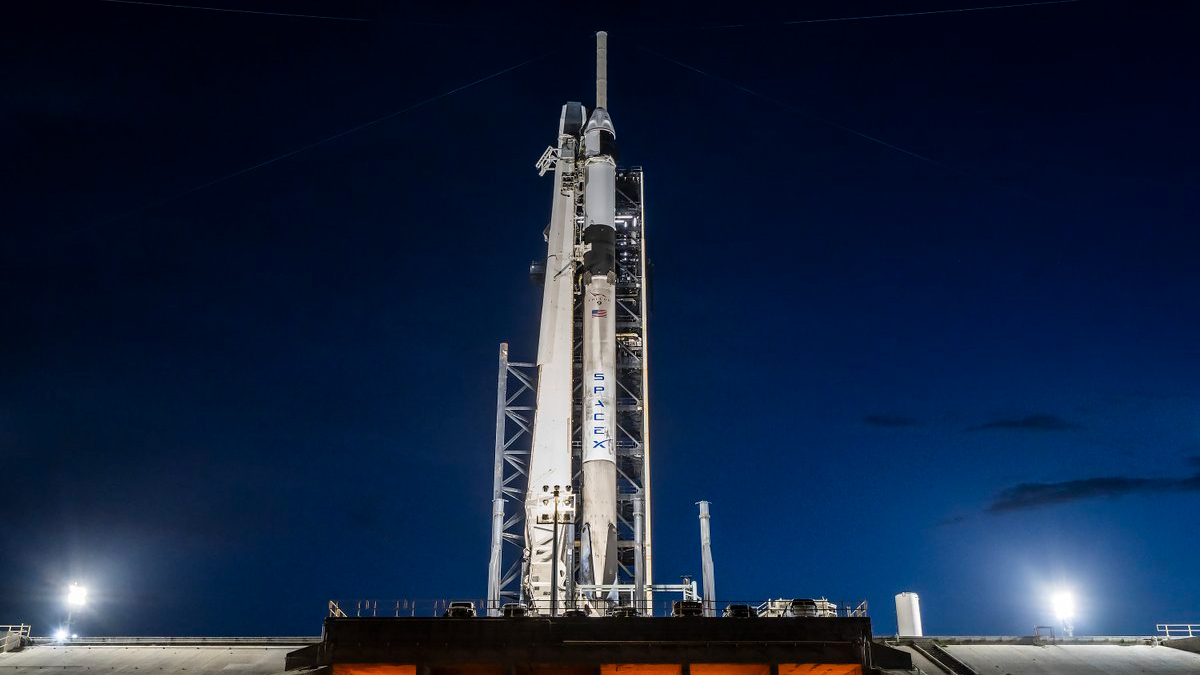The Most Exciting Space Events to Watch in 2019
2019 Space Missions
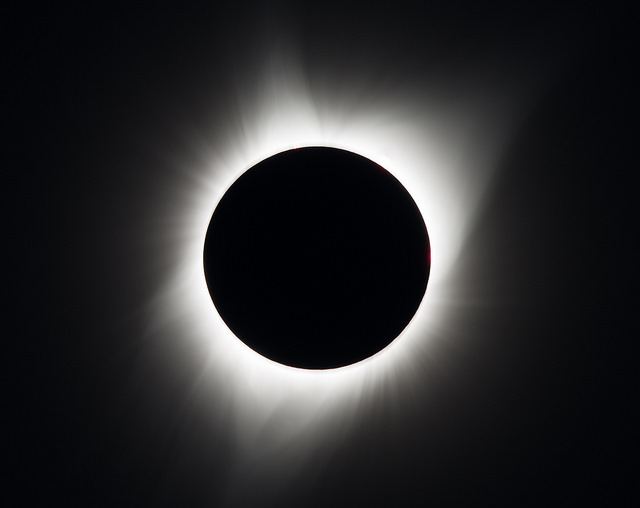
The coming year offers plenty of exciting space missions and skywatching events to look forward to. In 2019, SpaceX and Boeing will each conduct test flights of their crew capsules, Earth will experience a total solar eclipse and an annular eclipse, India and China will strengthen their existing lunar exploration programs, and more.
Here's a look at some of the most exciting space and skywatching events taking place in 2019. [Read about 2018's biggest space stories]
Jan. 5-6: Partial solar eclipse
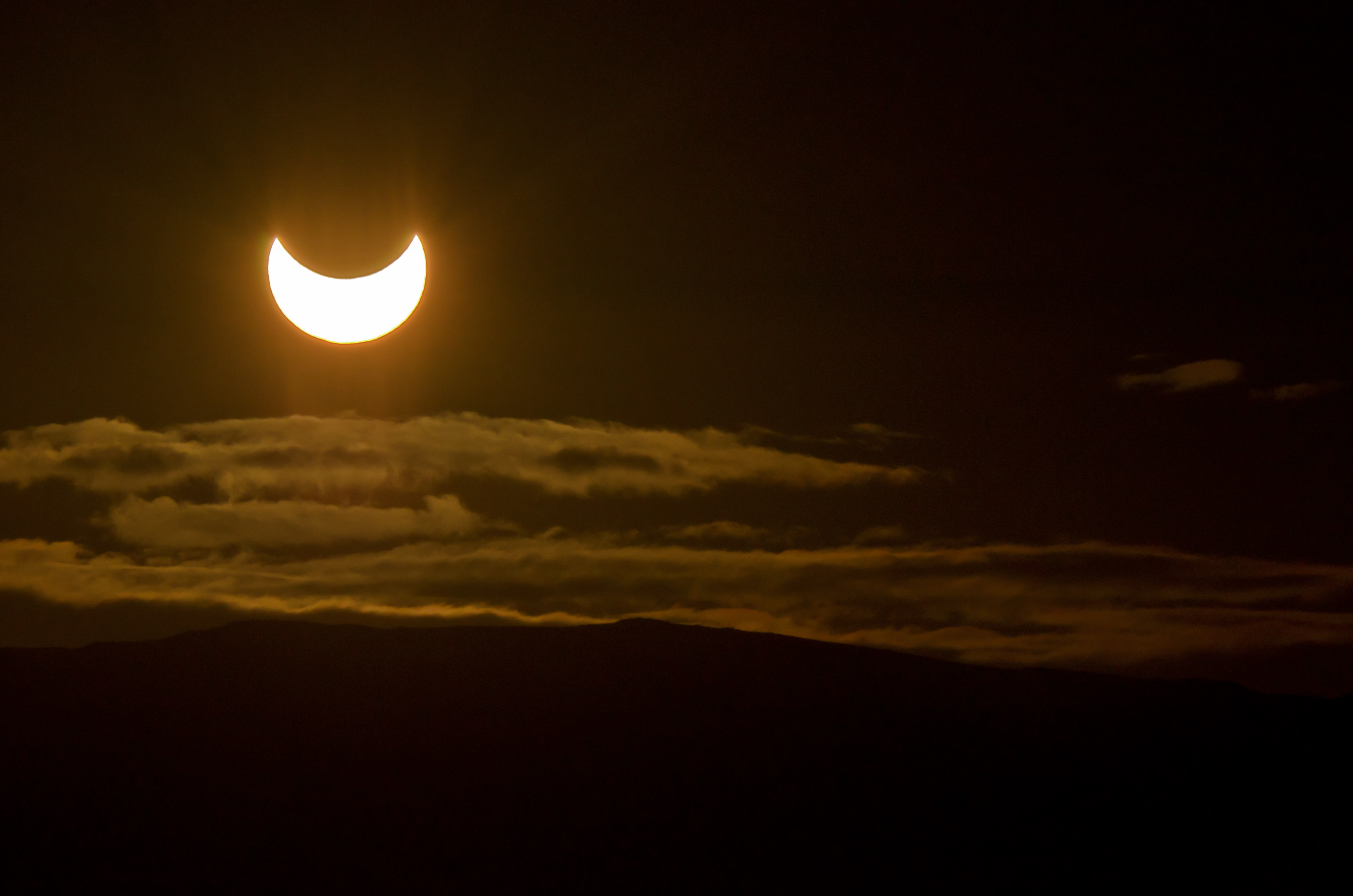
Although not as revered as a total solar eclipse, a partial eclipse is still an awe-inspiring sight. This one will be visible in parts of eastern Asia, but will be best viewed from northeast Russia where it will reach 62 percent coverage. If you are observing the event through a telescope make sure that you are using a solar filter, and use eclipse glasses or the pinhole method to create a reflection of the eclipse if observing with your eyes. [Learn how to watch this eclipse]
Jan. 20-21: Supermoon lunar eclipse
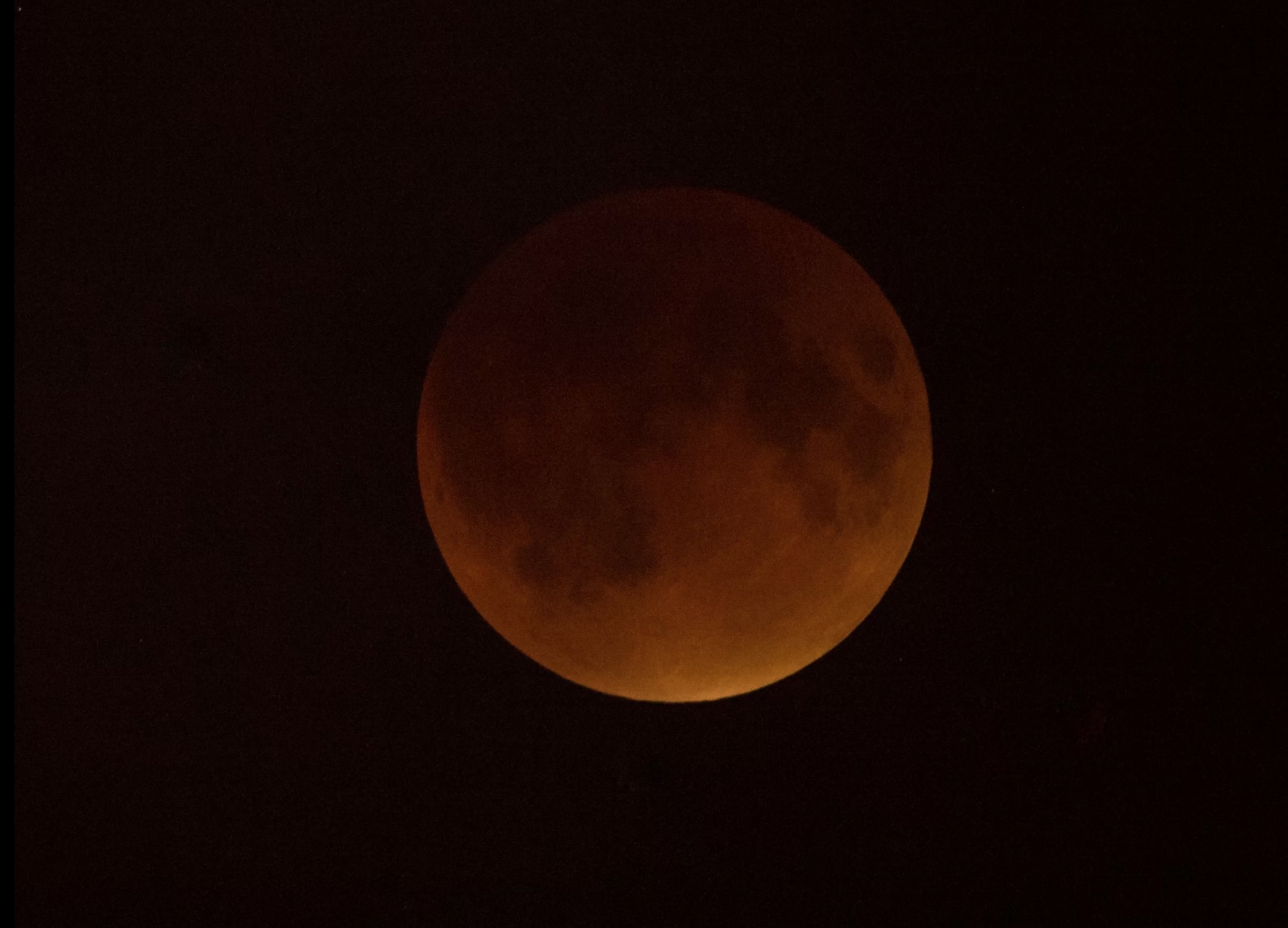
The first of three consecutive supermoons in 2019 — when the full moon is closest to Earth in its elliptical orbit and therefore appears larger in the sky — January's full moon will also coincide with a total lunar eclipse in some parts of the world, taking on a dark-red colour as the moon passes behind the shadow cast by the Earth. The eclipse will be visible across North and South America and in the most extreme western parts of Europe and Africa. The second supermoon of the year will occur on February 19 and the third on March 21. [Learn how to watch this eclipse]
Jan. 22: Conjunction between Venus and Jupiter
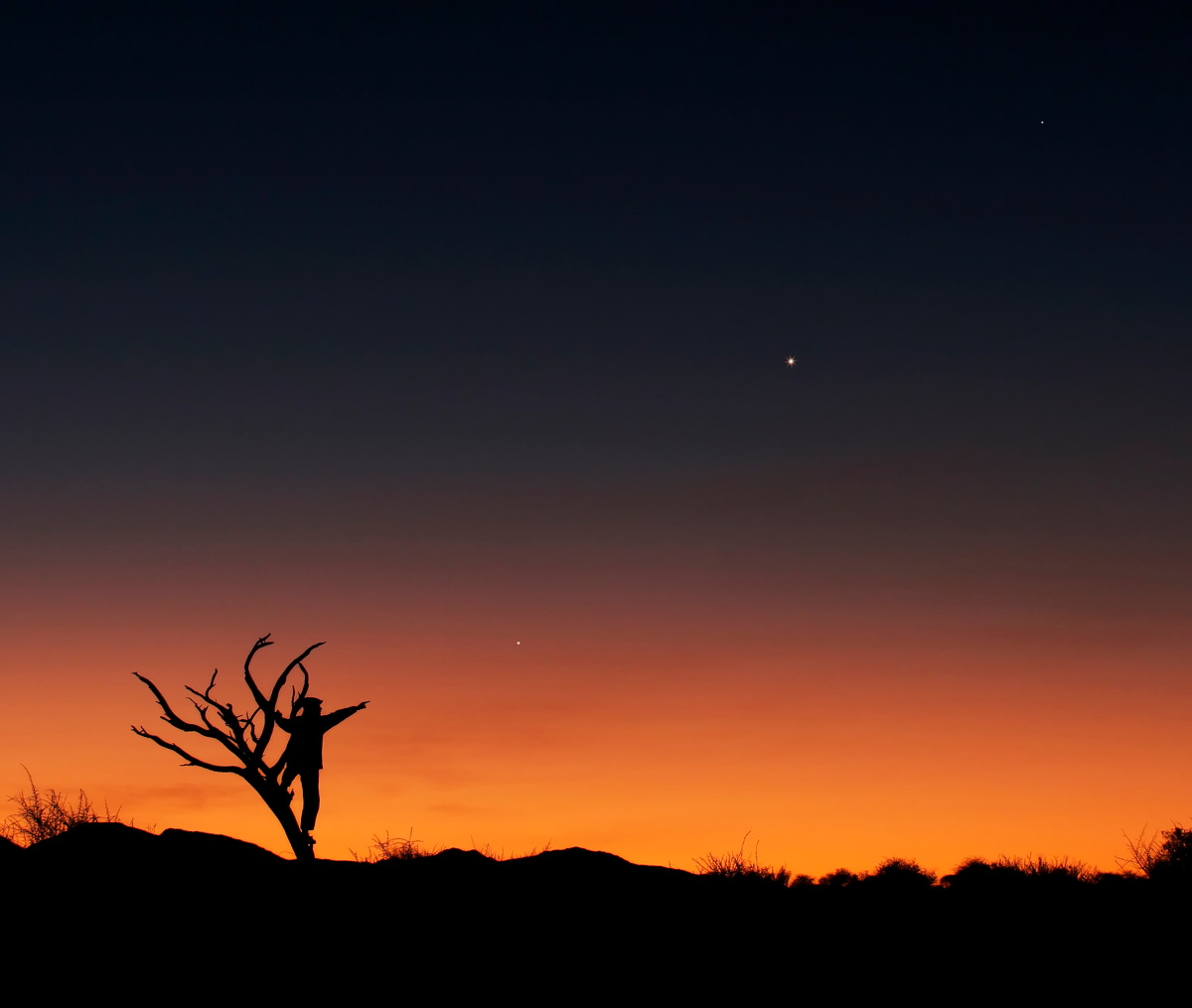
An astronomical sight to wake up early for, the pair of bright planets will be visible above the horizon in the wee hours of the morning, fading with the rising of dawn. Venus will be glistening brightly at a magnitude of -4.3, outshining gas giant Jupiter and its magnitude of -1.9. Both will be in the constellation of Ophiuchus and share the same right ascension, with Venus passing just 2 degrees 26' north of Jupiter — in reality there is over 365 million miles (588 million kilometers) between the two planets at their closest point to one another. [See photos of a previous conjunction of Venus and Jupiter]
January: SpaceX Crew Dragon Demo-1
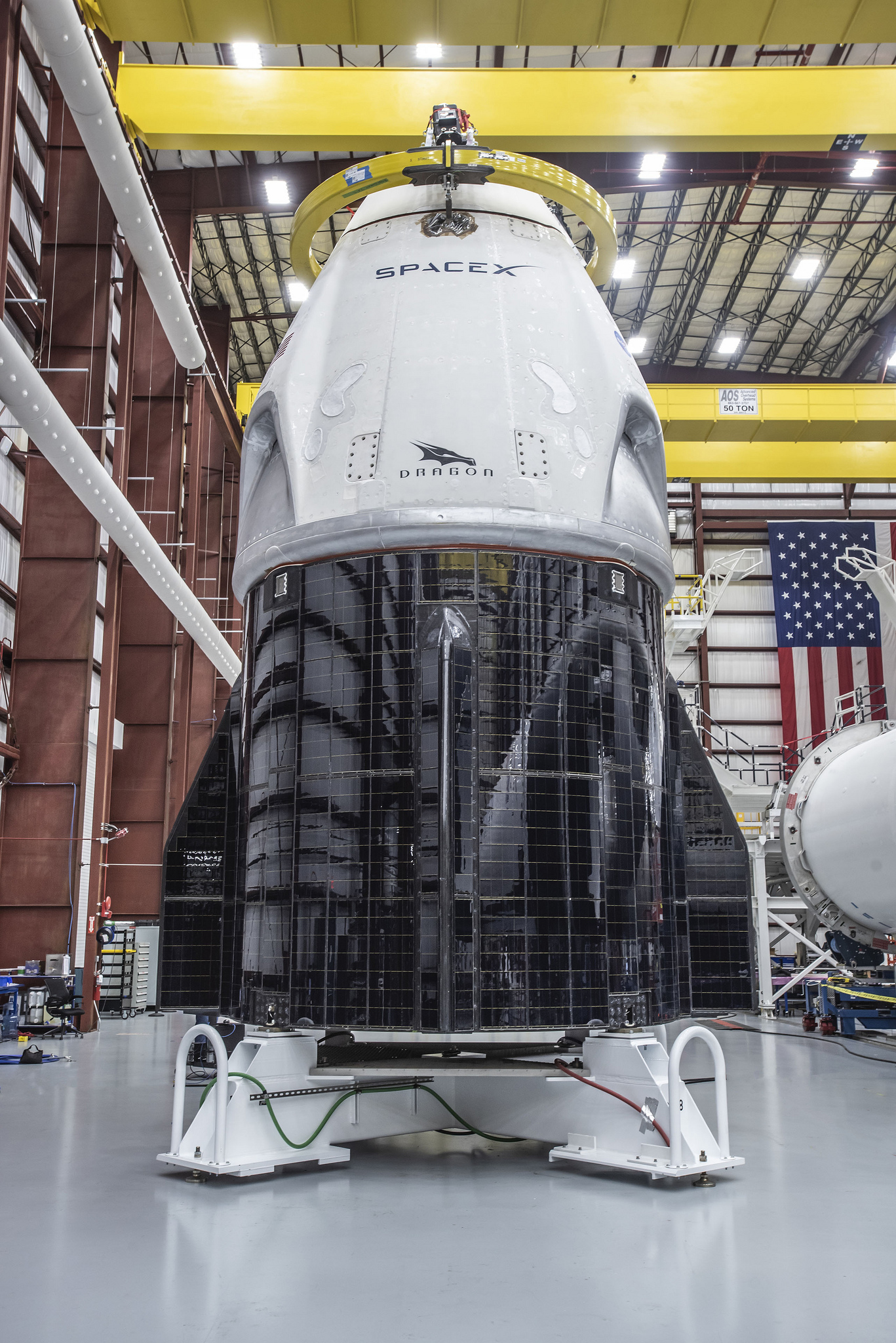
SpaceX's Dragon capsule made history in 2012 as the first commercial spacecraft to rendezvous with and attach to the International Space Station (ISS), its success meaning a contract for resupply missions was founded between SpaceX and NASA under its Commercial Resupply Service. Development on the Crew Dragon capsule actually began before its successor's rendezvous in 2010, but it wasn't publicly unveiled until 2014. Updates to the craft include larger windows, redesigned solar arrays and improved flight computers and electronics. Both cargo and crew versions have been designed, and January will see the craft attempt the same ISS approach and docking procedure as its predecessor. [See the latest news about SpaceX and the Falcon 9]
January to March: India shoots for the moon
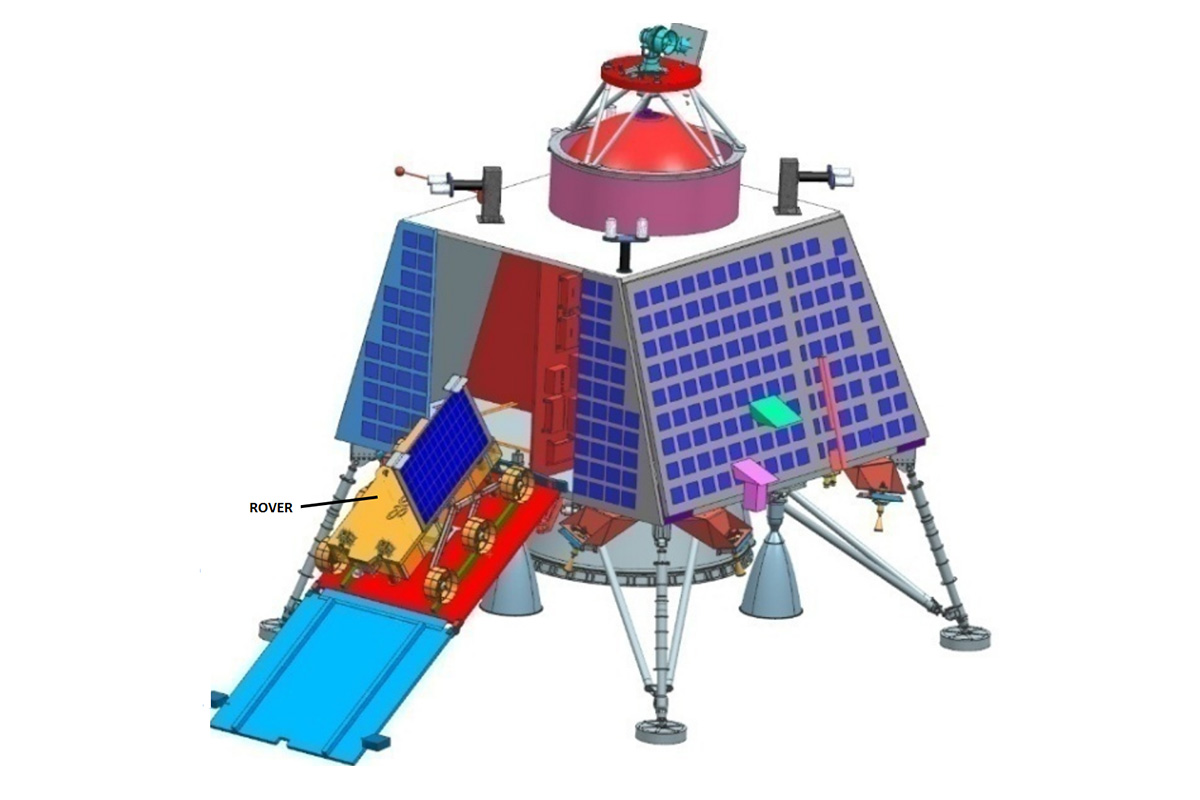
India became the fourth country to place its flag on the moon in 2008 when the Chandrayaan-1 spacecraft deployed its Moon Impact Probe in November that year, making a successful landing near the moon's south pole. A follow-up mission has been planned for some time in Chandrayaan-2, but delays have pushed the proposed launch to 2019, with the Indian Space Research Organisation (ISRO) hoping to launch as early as January. Chandrayaan-2 comprises of an orbiter, lander and rover, all developed in India. The lander and rover will be aimed at a high plain near the moon's south pole and will attempt to make a soft landing there in order to study the moon up close. The mission is planned to launch on a Geosynchronous Satellite Launch Vehicle Mark III. [Read more about Chandrayaan-2]
February 2019 — SpaceIL's Sparrow to launch
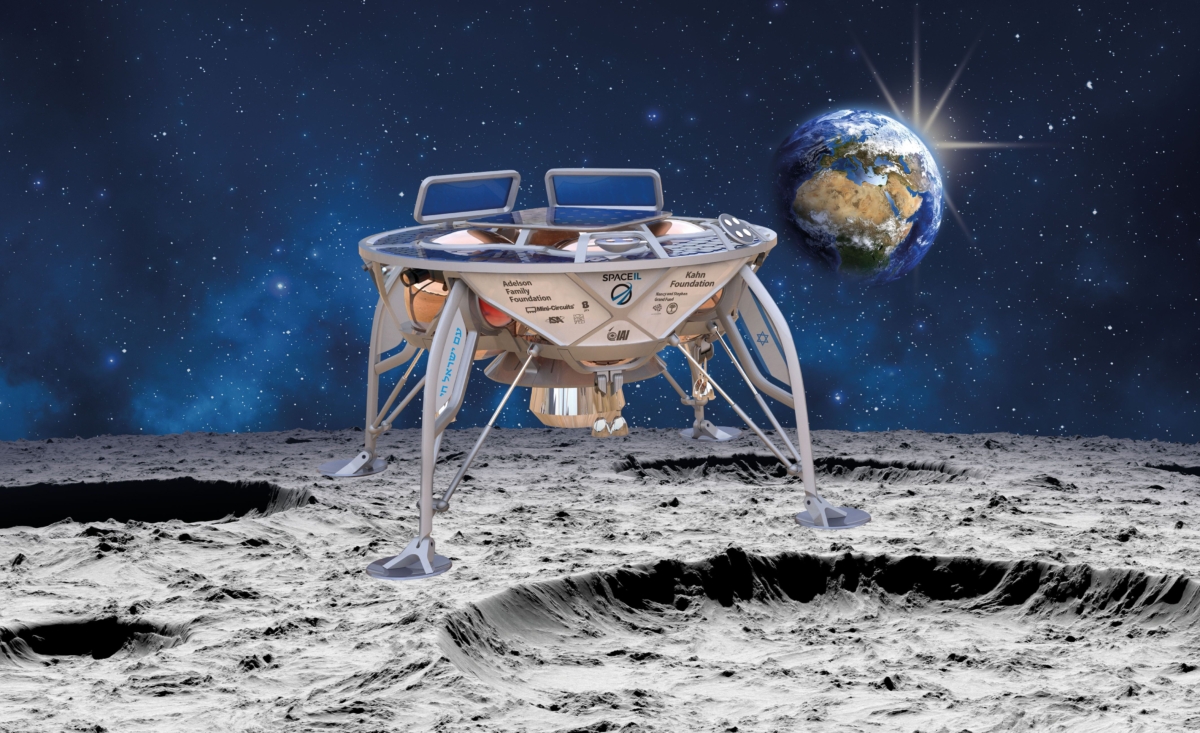
Originally conceived as part of the unclaimed Google Lunar X Prize, SpaceIL, an Israeli non-profit organisation funded in part by the Israeli Space Agency (ISL), still plans to launch its entry this year in the form of its Sparrow spacecraft. Planned to launch on a SpaceX Falcon 9 from Cape Canaveral in Florida, Sparrow aims to be captured in lunar orbit before attempting a soft landing on the surface in a two-day operation. Instruments on the 1,300 lbs (585-kg) Sparrow craft include a magnetometer developed by the Weizmann Institute of Science. [Learn more about SpaceIL's mission]
March: Boeing's Starliner takes off
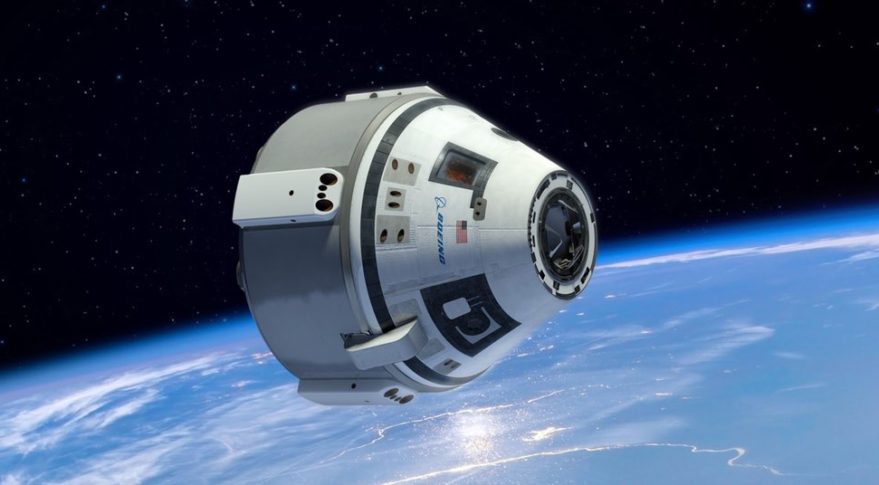
The CST-100 Starliner — with CST standing for Crew Space Transportation — is Boeing's answer to the Commercial Crew Development program, designed to pilot crews to the ISS and any future space stations. Similar in concept to Lockheed Martin's Orion module, the 15-foot (4.56-meter) capsule is designed to carry larger crews of up to seven people, though for this primary test it will launch uncrewed. Like the Crew Dragon craft designed by SpaceX, it will be reusable, with an estimated ten-mission usage. The craft will perform its first test in March 2019, attempting to rendezvous and connect with the ISS using its NASA Docking System before returning to Earth for further analysis. [See inside Boeing's Starliner]
June: SpaceX sends a crew to the ISS
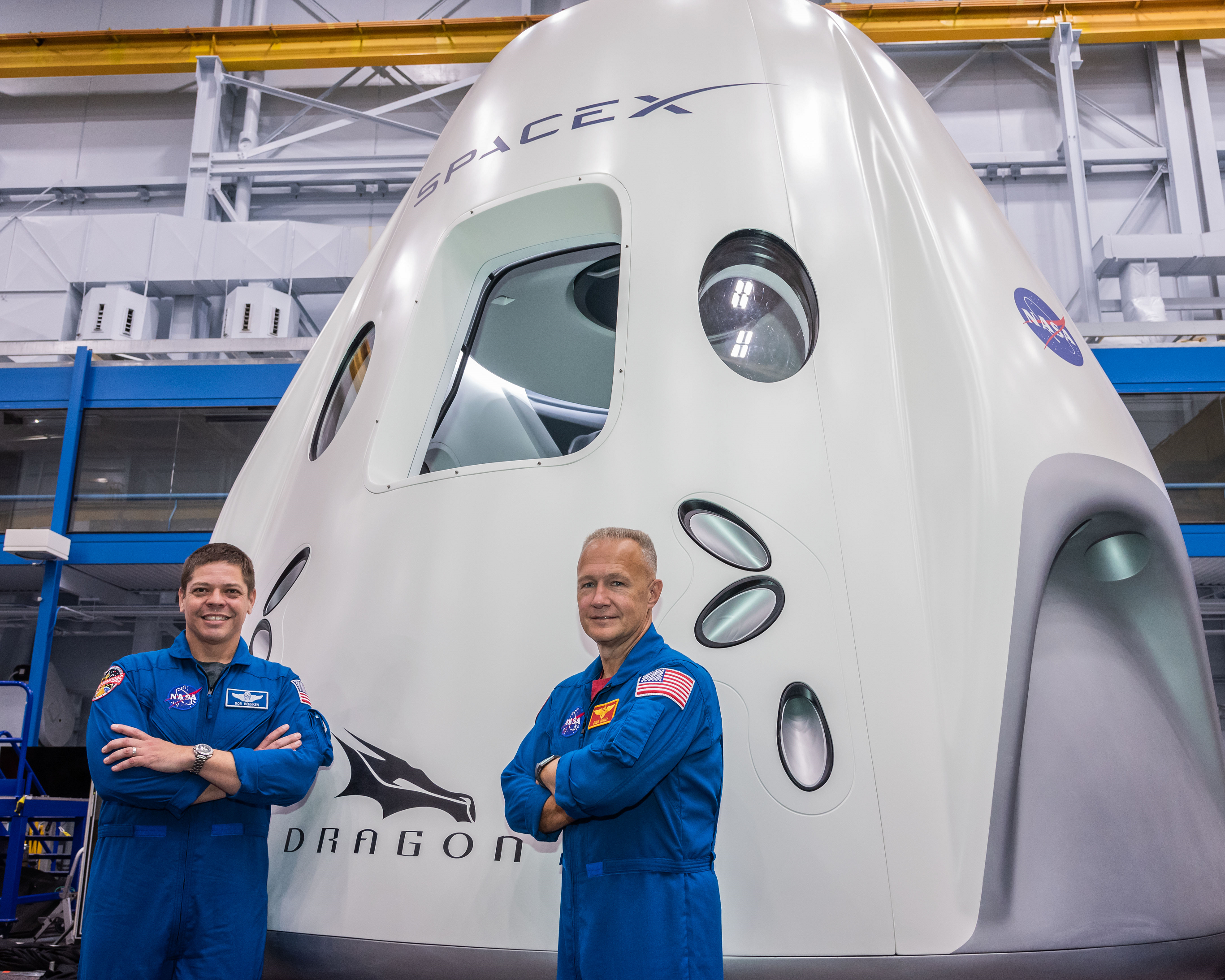
Depending on the success of the uncrewed docking test planned to take place in January, the first crewed test flight of the Crew Dragon capsule, dubbed Demo-2, is planned to go ahead in June. It was announced on Aug. 3 that NASA astronauts Bob Behnken and Doug Hurley had been selected as the test crew for this mission, the third spaceflight for both men, with Kjell N. Lindgren serving as the backup astronaut. Planned to launch on a Falcon 9 Block 5 from the Kennedy Space Center in Florida, if kept on schedule this will be the US's first crewed flight since the Space Shuttle Atlantis mission STS-135 that launched in July 2011. [Read about the astronauts who will fly with SpaceX and Boeing]
June 10: Jupiter reaches opposition
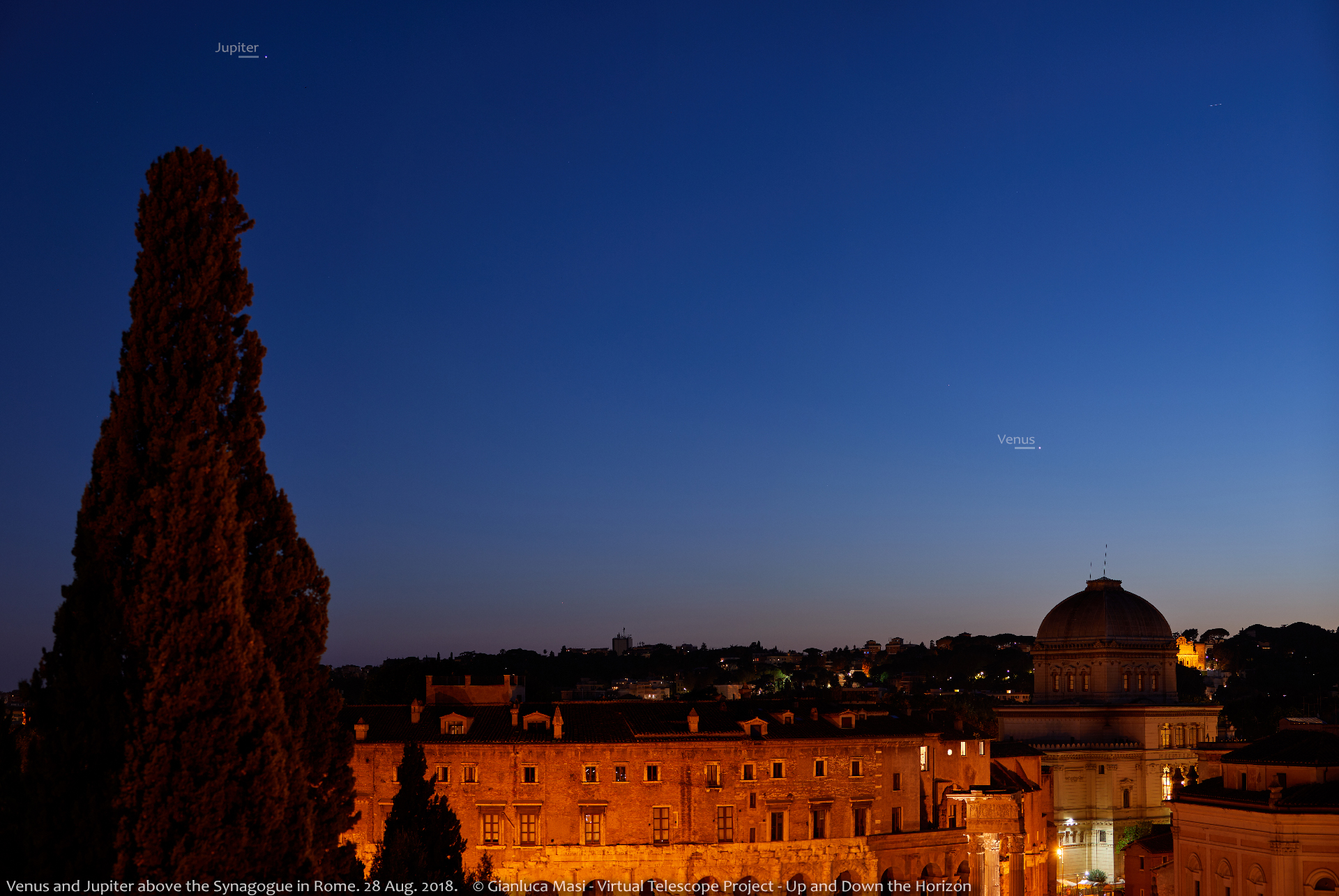
The king of the solar system will be at its closest approach to Earth and fully illuminated by the sun, reaching a magnitude of -2.6 in Ophiuchus, making this the best opportunity to set your sights on it. Jupiter will be clearly visible to the naked eye as an orange-tinted star. A good pair of binoculars will reveal Jupiter's four largest moons, looking like smaller stars within the planet's vicinity and creating a wonderful target for astrophotography. A medium-sized telescope should reveal some contrast in the swirling cloud bands. [See amazing skywatcher photos]
July 2: Total solar eclipse
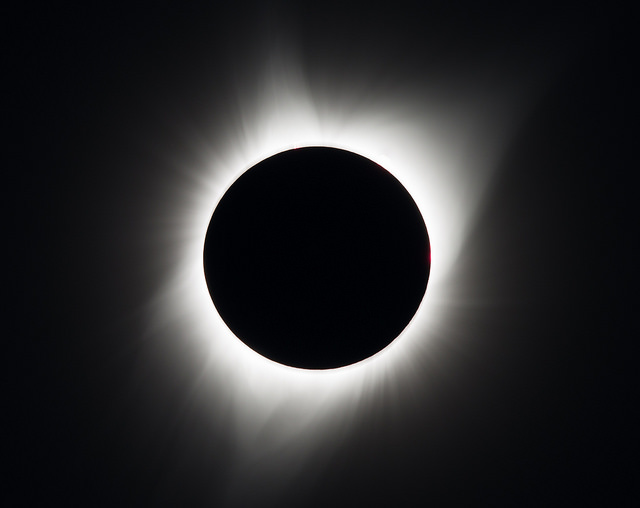
After the show-stealing Great American Eclipse passed over the entire continent of North America in August 2017, this event may not seem as spectacular, but it will still be a magnificent sight to behold if you happen to be in the path of totality in central Chile or Argentina. A total solar eclipse is a rare phenomenon caused by the moon — being the same apparent size from Earth as our sun — passing in front of the sun and blocking its light. This reveals the mysterious, hot halo of the sun's corona. Neighboring South American countries will also be treated to a partial solar eclipse, where the moon covers part of the sun's face, creating a 'bite' out of its glowing disc. [Learn how to see this eclipse]
Join our Space Forums to keep talking space on the latest missions, night sky and more! And if you have a news tip, correction or comment, let us know at: community@space.com.
Breaking space news, the latest updates on rocket launches, skywatching events and more!

All About Space is where stunning images combine with accessible and authoritative text to educate and inspire readers of all ages while taking them on a spectacular journey through the Solar System to the known limits of the universe. Characterized by quality and accessibility All About Space is a brand dedicated to delivering expert commentary on the latest cutting-edge research, technology and theories in an entertaining and visually stunning way.
Get fantastic offers by subscribing to the digital and/or print edition now. Subscribers get 13 issues per year!
